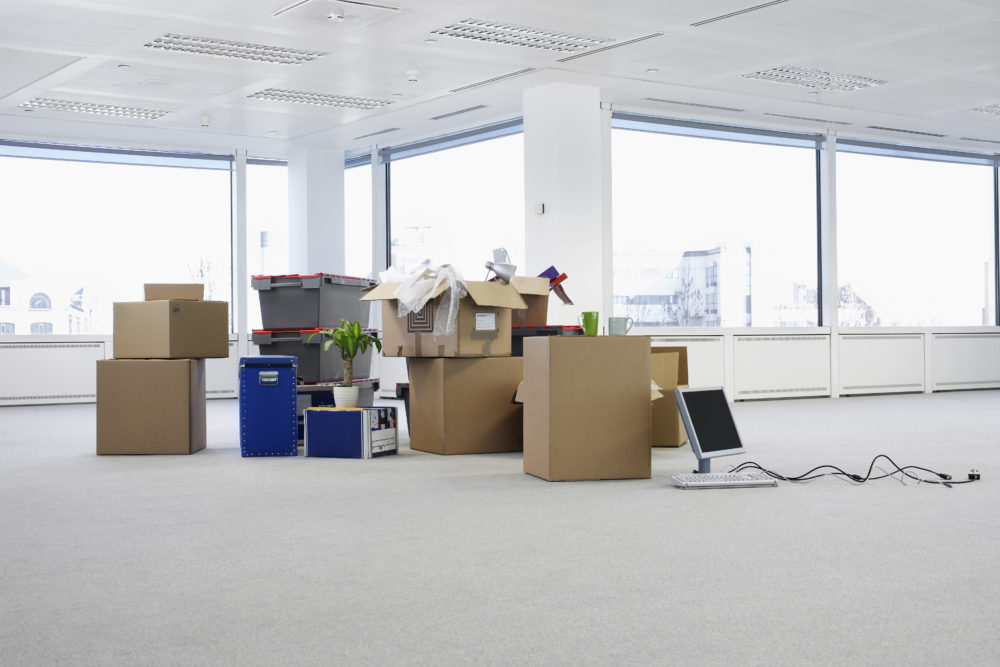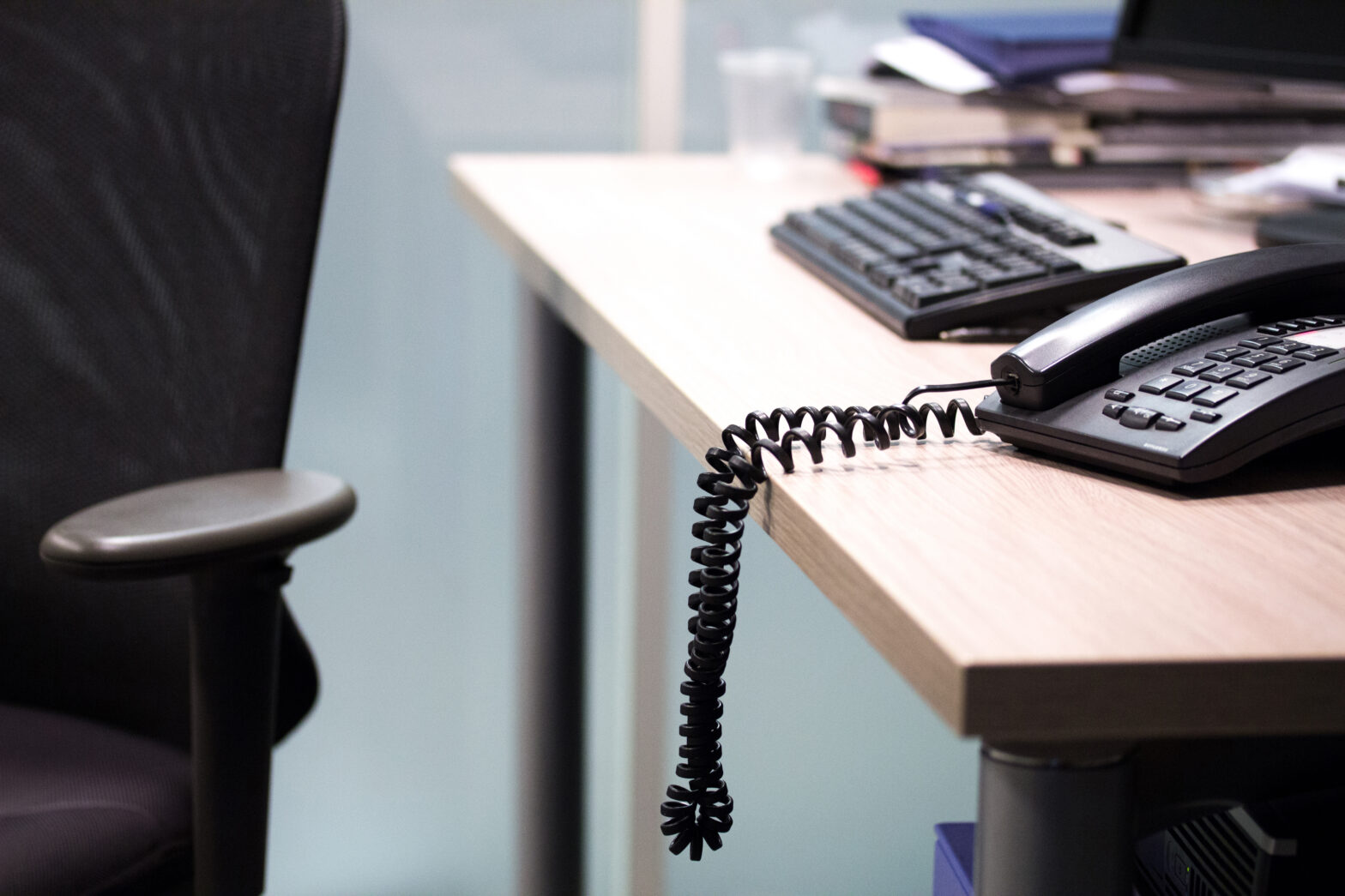The co-working trend is revolutionising the traditional office environment. Typically used by start-ups, entrepreneurs and freelancers, co-working spaces are a communal place in which businesses can flexibly rent a desk whilst sharing facilities with their co-tenants – and their popularity is soaring.
By allowing businesses to make cost savings and provide a place to meet prospective clients, it is not surprising that these types of workplaces are set to rise from just under one million in 2016 to four million in 2020. However, the perks of such offices are not only achievable for small scale operations; organisations of all sizes and from any industry can replicate the best features of these spaces without making a move. By utilising furniture and space, consolidating supply chains and promoting a collaborative culture, businesses can capitalise on the co-working trend to help boost productivity, increase staff retention and enhance overall employee wellbeing.
Create a flexible workspace
Furniture is key to any office but as working practices that seek to prioritise a more flexible and collaborative workforce evolve, a business’ equipment and furnishings should also facilitate this. One of the biggest advantages of a co-working space is that it is agile enough to support all the different ways in which a team or an employee may wish to work. For example, these kind of offices normally have a large open plan layout to encourage teamwork, smaller offshoot rooms for when a worker seeks a quieter and more peaceful setting, and extra desks to serve freelancers.
Businesses can create a similar design by introducing movable walls and office partitions. By implementing a sophisticated office dividing system, managers can adjust the space to accommodate both large meeting areas and individual cubicles. This allows employees to change their working environment to meet the needs of a given task or suit their individual personality, ensuring that productivity levels remain at their highest.
When creating a flexible office layout, managers should also seek to introduce multipurpose furniture which can be quickly adapted to meet the purpose of a new space. This can include sofas which can be transformed into desks or storage boxes which can double up as chairs. By implementing furniture which has more than one purpose, businesses will be able to maximise their office space in a practical but cost-effective manner.
Consolidate supply chains
Another significant perk of the co-working trend is that it is an opportunity for different businesses to pool resources – from milk and coffee to whiteboards and TVs – providing access to business essentials whilst reducing costs. Whilst this is a very efficient strategy for organisations that work in the same building and on the same floor, it may not be as effective and realistic for businesses in different offices.
Instead, businesses should seek to draw inspiration from the procurement strategies of these collaborative companies by developing a streamlined supply chain. By reducing the supply pool and engaging with a single supplier, businesses can actively increase economies of scale and reduce the number of deliveries, helping to cut overall costs. Consolidation can also provide businesses with greater visibility and control across their network, reducing risks that can occur along the supply chain. In addition to the bottom line benefits, unifying procurement activities has environmental perks, helping businesses to reengage with the green agenda.
Promote a collaborative culture
For many businesses that choose to follow the co-working trend, it is much more than just renting a desk in an office – it is about being part of a community. Working on shared tables with professionals from different industries allows staff to share their experiences, connections and knowledge. More importantly, professional collaboration can provide an alternative way of thinking and a fresh perspective, sparking a cross-pollination of ideas.
A sense of community in the workplace need not be limited to communal environments though – all businesses should promote a collaborative culture. However, as many offices are arranged by departments, it can be challenging for management to foster relationships between different teams. A simple but effective way to do this is to ensure staff are stepping away from their desks and taking regular breaks. To promote this kind of behaviour, businesses should create a breakout area which is completely removed from the usual working space.
While breakout areas can be seen as a place to eat lunch or relax with a cup of tea, they should also be viewed as sociable spaces. Not only will this offer staff an opportunity to interact with colleagues, but it will also help in improving overall wellbeing. To encourage this, management should ensure that the area is comfortable and relaxing. This can be created by introducing furniture such as sofas, beanbags and large coffee tables to discourage workers from taking a break alone.
For collaboration to be truly imbedded into an organisation’s culture however, it is imperative that management lead by example. Employees look to leadership to set the tone and so managers that shut themselves away in an office are not going to have a positive influence on integration. Instead, team leaders should be seen to be utilising sociable areas and interacting with staff, so that junior employees closely follow suit.
Allowing organisations to cut costs and generate creativity, it is no wonder that many businesses are seeking inspiration from co-working spaces. Whilst it may not be realistic for all corporate offices to create an open plan layout or introduce novel meeting areas, creating the right kind of work environment is essential if management want to increase productivity and enhance employee welfare.
Nigel Crunden is business specialist at Office Depot.





